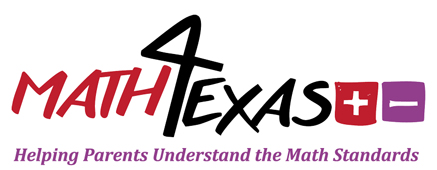T.I.P.S.
-
 Students use their knowledge of fractions to determine examples and non-examples of halves, fourths, and eighths using pictures objects, or fraction models. Students should remember that the inverse relationship between the size of the fractional part and the number of equal parts in the whole when given the same size whole. The greater the number of parts, the smaller the size of the parts and the smaller the number of parts, the greater the size of the parts.
Students use their knowledge of fractions to determine examples and non-examples of halves, fourths, and eighths using pictures objects, or fraction models. Students should remember that the inverse relationship between the size of the fractional part and the number of equal parts in the whole when given the same size whole. The greater the number of parts, the smaller the size of the parts and the smaller the number of parts, the greater the size of the parts.
Second grade students do not use or write in fraction notation (a/b) as they use written words to describe the relationship of fractions. Students should also have a great understanding that each fractional part of an object is the same size in area and the same shape and that the orientation of the partitioned parts does not affect the size in area or shape of the parts.
Example
-
Look at the following shapes. Which shapes have one-half shaded?Look at the shapes you did not identify as one-half shaded. Explain why they do not have one-half shaded.
Digital Tools
-
Click on the following links for interactive games.
Resources
-
Click on the following links for more information.
TEKS
-
2.3 Number and operations. The student applies mathematical process standards to recognize and represent fractional units and communicates how they are used to name parts of a whole. The student is expected to:(D) identify examples and non-examples of halves, fourths, and eighths





 Click
Click 

